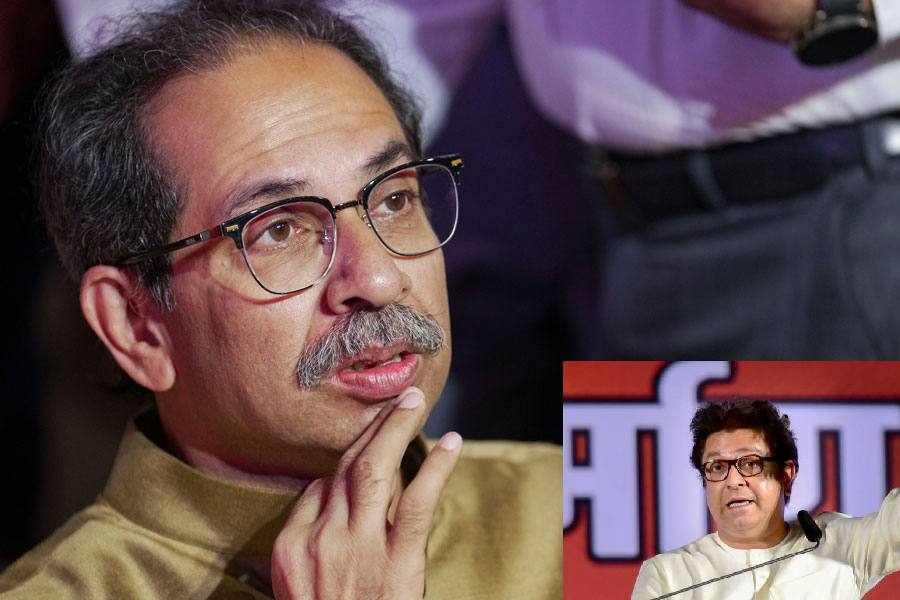Odisha witnessed 62,350 lightning strikes and 12 deaths from them in a span of three hours on Saturday afternoon, with a weather scientist suggesting that climate change caused by global warming may have increased the incidence of lightning.
On Sunday, the state recorded 3,240 lightning strikes by 3.15pm but no casualties.
Over the last 11 years, 3,790 people have been killed by lightning strikes in Odisha.
“Ongoing global climate changes could be one of the major reasons for the increasing number of lightning cases reported across the state,” Umasankar Das, a scientist with the Bhubaneswar Meteorological office, told The Telegraph.
“When moisture increases in the upper part of the atmosphere, the number of lightning strikes increases.”
The Odisha State Disaster Management Authority (OSDMA) said: “The cloud-to-cloud lightning till 5.30pm on Saturday stood at 36,597 whereas the cloud-to-ground strikes were recorded at 25,753.”
Gyana Ranjan Das, MD, OSDMA, said the figures had been released on the basis of reports from the Indian Institute of Tropical Management, Pune.
“The whole of Odisha has been covered with the Earth Networks system; besides, IITM Pune has its own network,” he said.
Odisha had signed an MoU with the US-based company, Earth Networks, in 2018 to get early warnings on lightning.
“They have lightning detection centres. They give us alerts and warnings about possible lightning strikes, which we disseminate through different mediums,” an official said.
Asked how one counts lightning strikes, Umasankar Das said: “Most parts of Odisha are covered with the Earth Networks system. It studies the cloud wave pattern and enters it into its computer. The computer, using a mathematical formulation, comes up with the figures. The number of lightning strikes increases when the monsoon is receding.”
S.C. Sahu, former director of the Bhubaneswar centre of the India Meteorological Department (IMD) and now director of the Centre for Environment and Climate at SOA University here, told this newspaper that lightning happens because of cumulonimbus clouds.
“Lightning has become a common occurrence because of intense heat and high moisture content in the air, caused by advancing air from the Bay of Bengal,” Sahu said.
“Intense heat waves coupled with other climatic changes have intensified lightning strikes in Orissa…. A sudden flow of moisture from Bengal has led to the (recent) increase in lightning strikes in Odisha.”










